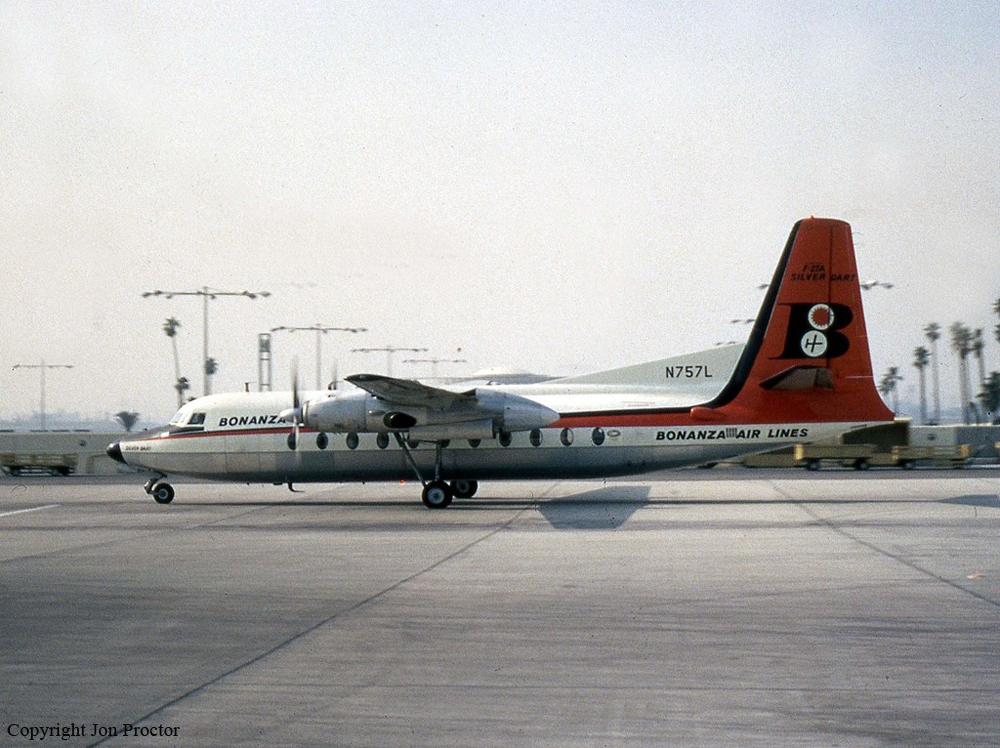Crash of an Aero Commander 500B in Rockford: 2 killed
Date & Time:
Apr 29, 1965 at 1337 LT
Registration:
N78333
Survivors:
No
Crew on board:
1
Crew fatalities:
Pax on board:
1
Pax fatalities:
Other fatalities:
Total fatalities:
2
Captain / Total hours on type:
367.00
Circumstances:
On final approach to Rockford-Greater Rockford Airport, one of the engine failed. Due to insufficient speed, the pilot lost control of the airplane that stalled and crashed in a field. The aircraft was destroyed and both occupants were killed.
Probable cause:
Engine failure caused by a technical issue on the fuel/injection system. Investigations determined that a fuel-flow distributor diaphragm p/n 383237 failed.
Final Report:







